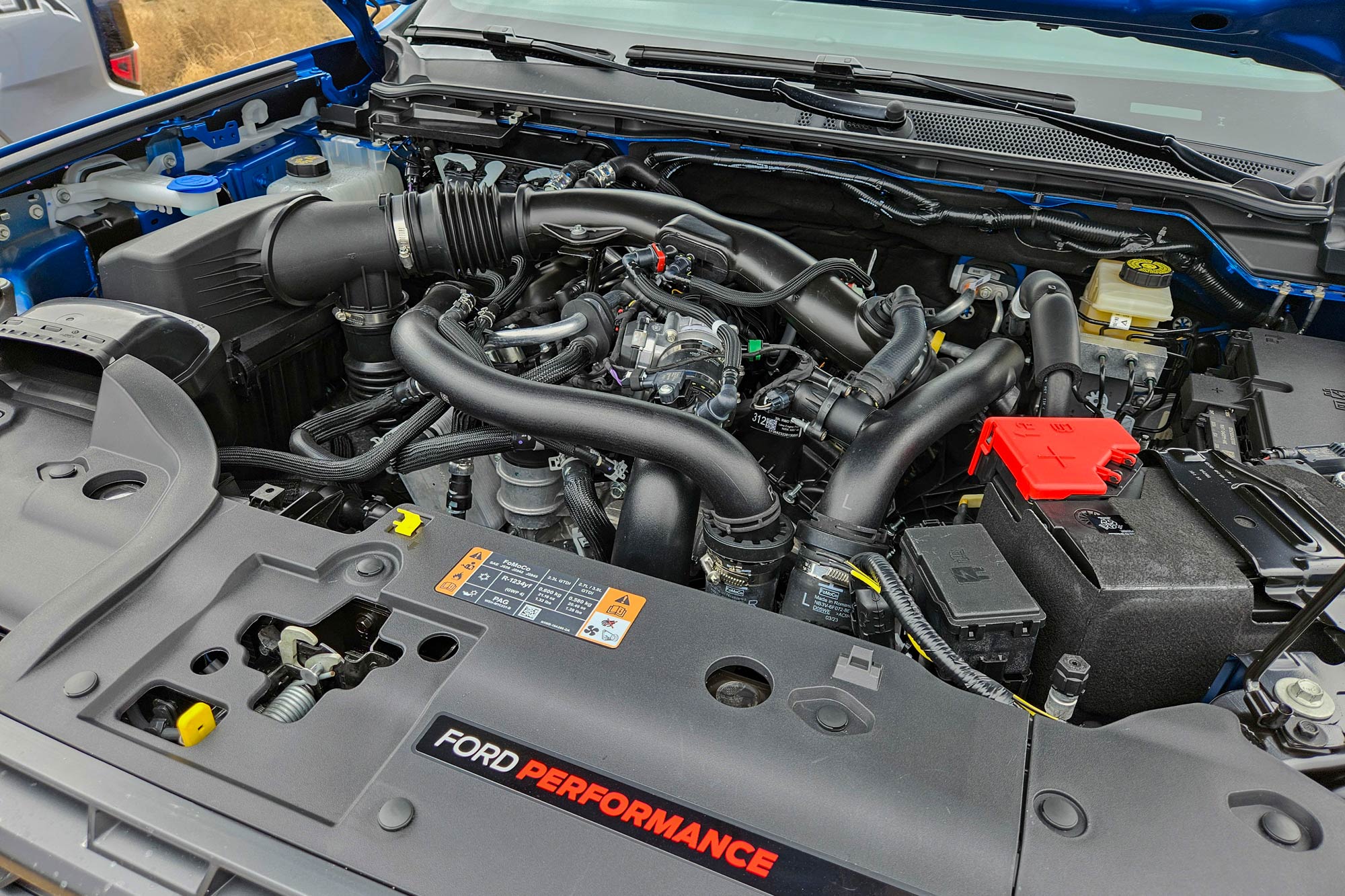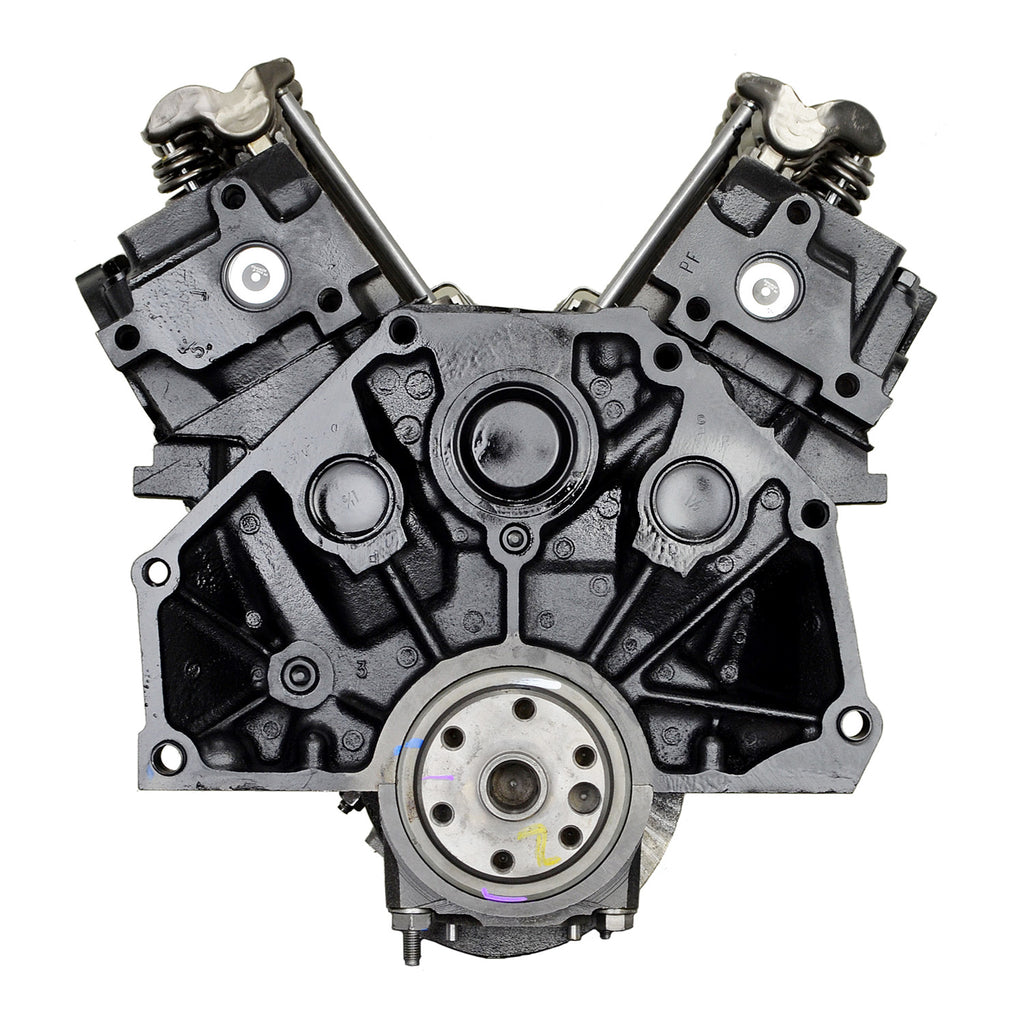How the 2.2 Ford Ranger Engine Stands Out for Durability and Power in Tough Conditions
How the 2.2 Ford Ranger Engine Stands Out for Durability and Power in Tough Conditions
Blog Article
Comprehending the Fundamentals of Vehicle Engines: Functions, types, and features

Introduction of Cars And Truck Engines
A vehicle engine works as the heart of a lorry, transforming gas right into mechanical power to drive it onward. This elaborate system consists of numerous parts that operate in unison to ensure optimal performance and performance. The fundamental procedure of a vehicle engine includes the interior burning procedure, wherein gas and air are blended, stired up, and removed to produce power.
The engine's layout can considerably impact its efficiency, fuel efficiency, and exhausts. Trick components consist of the cyndrical tube block, pistons, crankshaft, and camshaft, each playing a vital duty in the engine's general function.
In addition to these parts, engines often utilize various systems such as gas injection, ignition, and cooling systems to enhance performance and longevity. Recognizing the standard technicians of auto engines is essential for carrying out and identifying issues upkeep, eventually contributing to the lorry's integrity and performance gradually.

Kinds Of Cars And Truck Engines
Cars and truck engines can be classified right into a number of types based upon their style, fuel kind, and functional principles. 2.2 ford ranger engine. The most usual classifications include internal combustion engines (ICE), electrical engines, and hybrid engines
Inner burning engines, which can be further divided right into gasoline and diesel motor, run by sparking a fuel-air mixture to generate power. Gas engines are generally lighter and smoother, while diesel engines are a lot more fuel-efficient and offer greater torque.
Electric engines make use of electrical energy stored in batteries to power an electrical motor, giving instantaneous torque and absolutely no exhausts during operation. As technology advancements, electrical automobiles (EVs) are progressively becoming popular for their ecological benefits and lower running costs.
Hybrid engines combine components of both inner combustion and electric engines, enabling adaptable power resources and enhanced gas efficiency. They can operate in different settings, making use of either the fuel engine, the electrical motor, or both at the same time.
Each kind of engine has distinctive advantages and drawbacks, influencing their application in various car types and market segments, from portable cars to heavy-duty vehicles. Recognizing these types is crucial for making educated decisions concerning automobile option and performance assumptions.
Engine Features Discussed
Recognizing engine features is important for comprehending just how vehicles run successfully. At the core of any type of internal burning engine exists the fundamental procedure of transforming fuel into power. This procedure starts with the consumption stroke, where air and gas are drawn into the burning chamber. Following this, the compression stroke compresses the air-fuel combination, raising its temperature and stress.
The ignition occurs next, stiring up the blend and developing a fast expansion of gases. This force drives the piston down throughout the power stroke, which eventually equates into the rotational motion of the crankshaft. The exhaust stroke then expels the invested gases from the chamber, making means for a brand-new cycle to begin.
In addition to these primary features, engines likewise integrate systems that manage cooling and lubrication, guaranteeing optimal functional temperature levels and decreasing friction between moving parts. This elaborate interaction of functions allows the engine to generate the power needed for car propulsion while maintaining performance and dependability. Understanding these features offers valuable understanding into the complexities of automotive design and improves the ability to diagnose and address engine-related problems effectively.
Trick Engine Features
Engine layout incorporates several essential attributes that dramatically affect resilience, performance, and efficiency. Among the most crucial aspects is the engine arrangement, which consists of inline, More Help V-type, and level styles. Each configuration influences the engine's power, dimension, and equilibrium outcome, thereby influencing general lorry dynamics.
One more essential feature is the engine displacement, describing the total volume of all cyndrical tubes. Larger displacements typically generate more power yet might endanger fuel performance. Engine products additionally play an essential role; high-strength and lightweight materials, such as aluminum and magnesium alloys, boost performance without adding extreme weight.
The sort of gas shot system used-- such as multi-port or straight shot-- influences burning performance and exhausts. Turbocharging and supercharging are features that increase engine performance by requiring added air right into the combustion chamber, enhancing power result without dramatically boosting engine dimension.
Lastly, the presence of sophisticated engine management systems maximizes fuel-air blend and ignition timing, contributing to smoother procedure and better gas economy. Jointly, these features specify an engine's abilities, establishing the foundation for its performance and longevity in an affordable auto landscape.
Maintenance Tips for Engines
Correct engine upkeep is crucial for making certain ideal efficiency and long life, as ignoring regular care can bring about substantial issues down the line. To maintain your engine efficiently, start with routine oil modifications, normally every 3,000 to 7,500 miles, browse around these guys depending on the sort of oil used. Fresh oil lubricates engine parts, minimizing friction and wear.
Additionally, checking coolant degrees is essential to avoid overheating. Make sure that the coolant is covered up and remains in good problem to keep reliable temperature policy. Routinely examine and change air and fuel filters, as blocked filters can prevent air movement and gas shipment, compromising engine efficiency.
Moreover, take note of ignition system and ignition systems. Used or malfunctioning ignition system can lead to misfiring and minimized efficiency. Checking the battery terminals and links for deterioration is also necessary, as a weak battery can affect engine starting.

Verdict
In recap, a thorough understanding of car engines encompasses various types, functions, and key features that significantly influence vehicle efficiency. Inner burning engines, in addition to hybrid and electrical choices, show diverse devices for power conversion. 2.2 ford ranger engine. Recognizing the important functions, such as intake and exhaust cycles, important site alongside vital engine functions like arrangement and gas shot systems, equips automobile proprietors with the understanding needed for efficient maintenance and procedure, ultimately boosting automobile longevity and effectiveness
A cars and truck engine serves as the heart of an automobile, converting gas into mechanical power to drive it ahead. The basic operation of an auto engine involves the inner combustion procedure, wherein gas and air are combined, sparked, and removed to develop power.
Routinely inspect and replace air and fuel filters, as stopped up filters can impede air flow and gas distribution, jeopardizing engine performance. - 2.2 ford ranger engine
In summary, a comprehensive understanding of vehicle engines incorporates various types, functions, and vital attributes that significantly affect car performance. Recognizing the vital features, such as intake and exhaust cycles, together with critical engine functions like setup and fuel shot systems, gears up auto proprietors with the understanding required for effective maintenance and procedure, eventually improving car longevity and performance.
Report this page